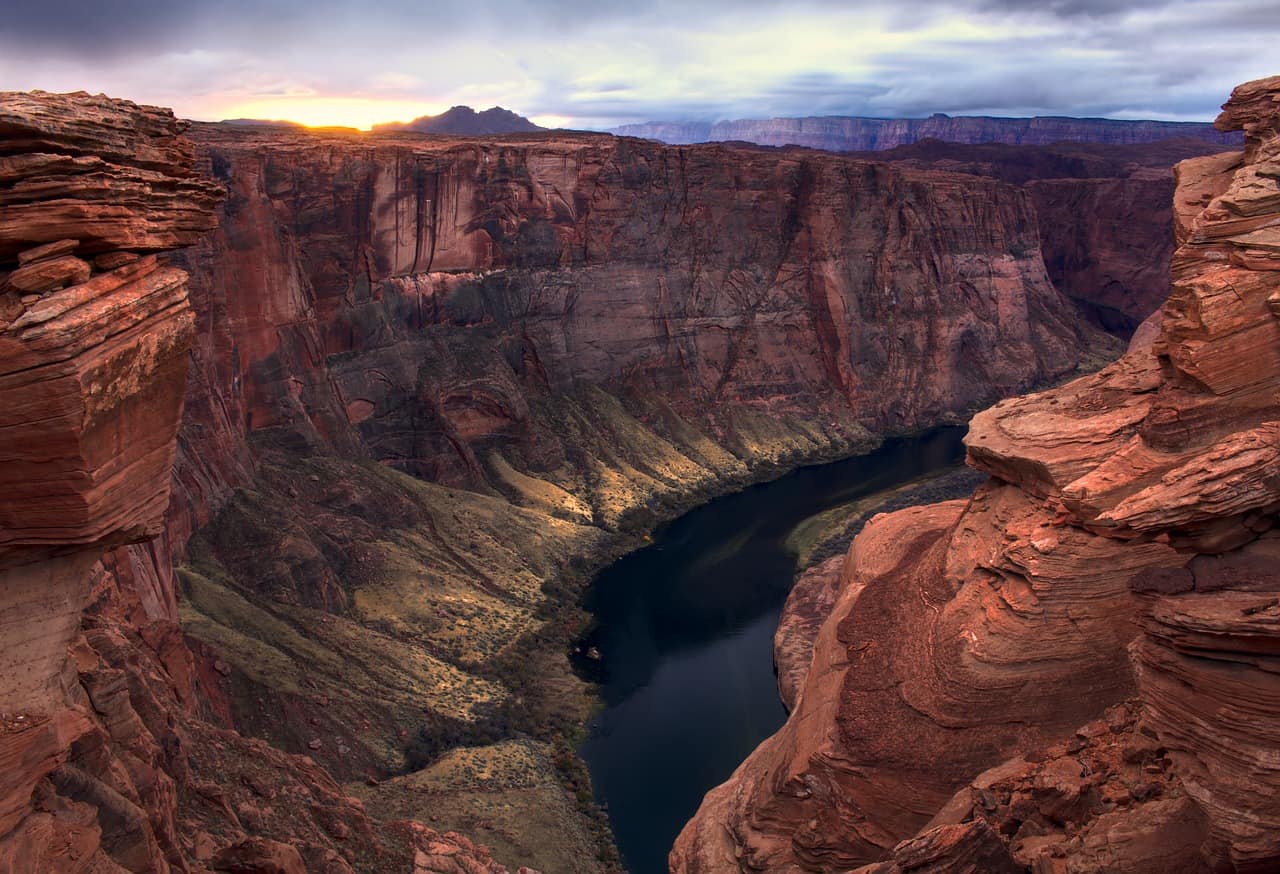Back in 2007, a voting competition ended to determine which landmarks of the world would become the new 7 wonders of the world. This was a response to the ancient wonders of the world list which had been around for quite some centuries.
Remarkably, before this contest had ended, USA Today, one of the leading newspapers in the United States, already engaged 6 judges a year earlier to choose the “USA Today 7 Wonders of the World.”
In this post, you’ll discover which 7 wonders those judges have chosen, along with an 8th wonder which was chosen by the newspaper’s readers!
1. Internet
The internet is the reason why you can read this list with USA Today 7 wonders right now. The interconnected computer networks that make up the world wide web had a humble beginning in the 1960s when methods were devised to enable time-sharing of computers by the United States Department of Defense.
This culminated from the connection of academic networks and military operations into the linking of commercial networks in the 1980s and early 1990s. This transition formed the base of the modern net we know today.

2. Potala Palace
Potala Palace is the most magnificent landmark in the mountainous eastern Asian region of Tibet. It’s located in the city of Lhasa and was named after a holy mountain called “Mount Potalaka.” This mountain is considered to be the dwelling of the bodhisattva Avalokiteśvara.
The construction was commissioned by the 5th Dalai Lama in the year 1645. The massive palace would eventually contain 13 stories and over 1,000 rooms. The building has a length from east to west of 400 meters (1,300 feet) and 350 meters (1,150 feet) north to south.
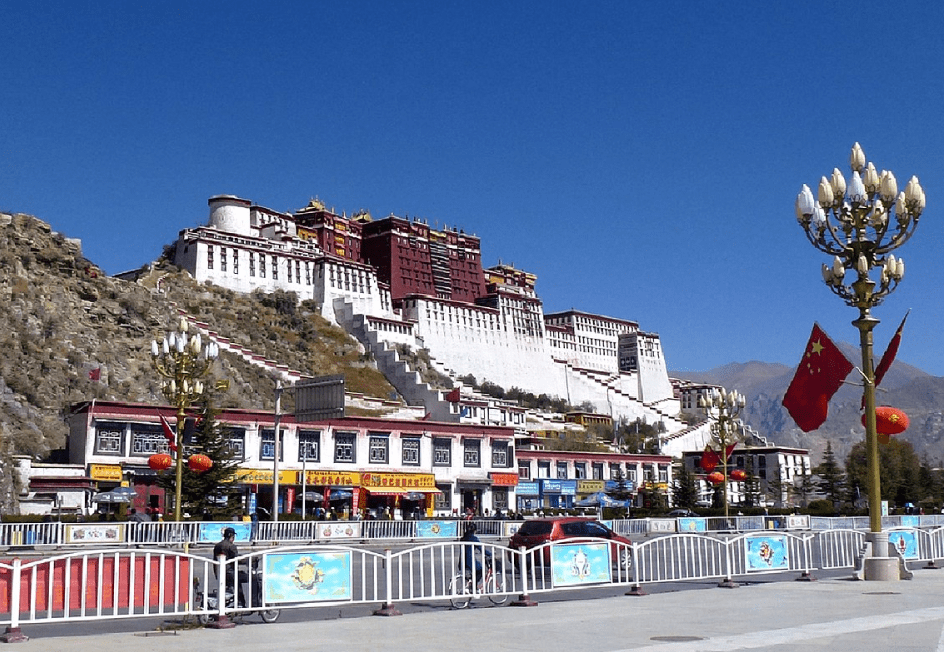
3. Great Migration of The Serengeti
The Great Migration of Serengeti and Masai Mara is one of the most fascinating natural phenomenons in the world. About 1.7 million wildebeests, 250,000 zebras, and 470,000 gazelles travel from the Serengeti in Tanzania to the Maasai Mara National Reserve in Kenya.
The reason they do this each year starting in January up until March is because of the availability of grazing at that particular time of the year. This trip isn’t without any danger because an estimated quarter-million wildebeests die every year during the journey of approximately 800 kilometers (500 miles).
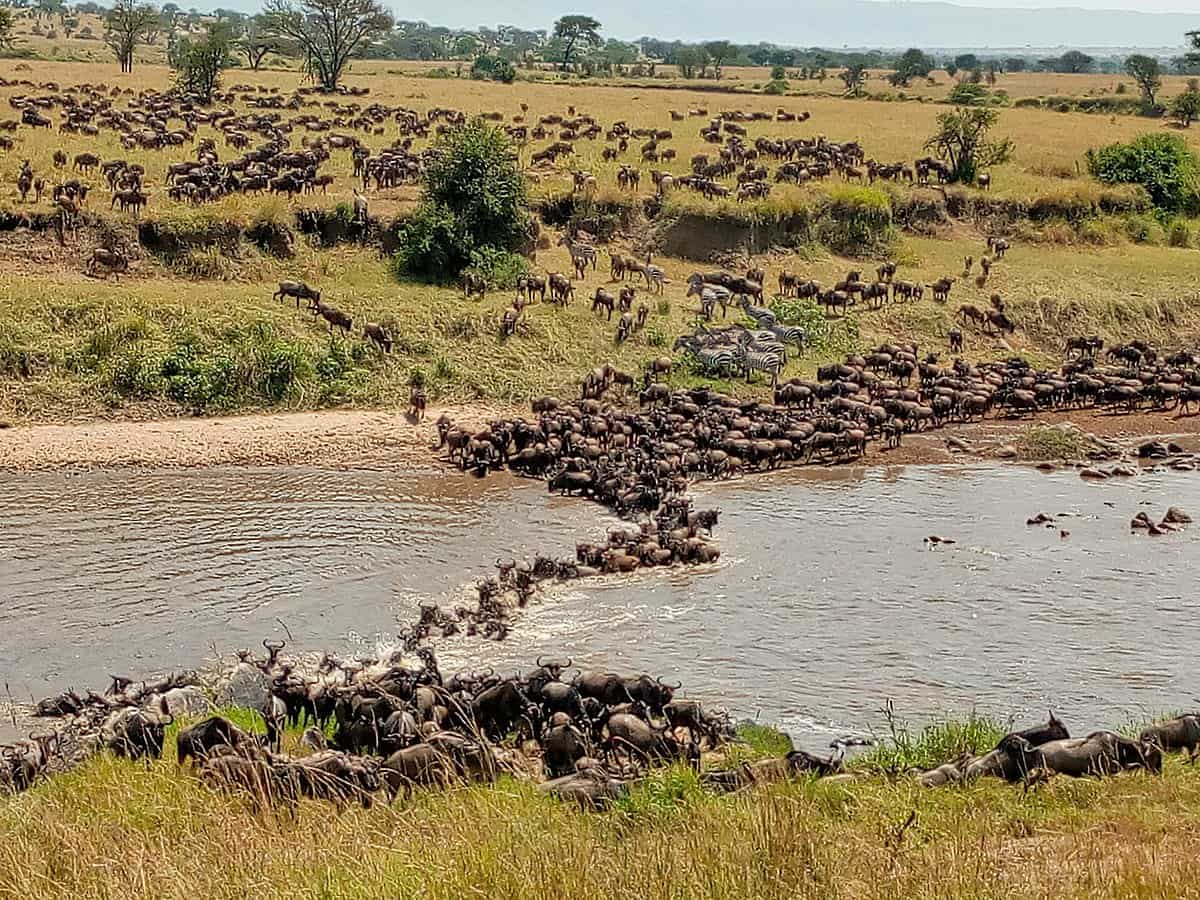
4. Old City of Jerusalem
The Old City of Jerusalem is the ancient walled city within the modern-day city of Jerusalem in Israel. It covers an area of about 0.9 square kilometers (0.35 square miles) and used to cover the entire city until the 19th century after which the city was expanded significantly.
The walled city is one of the most important religious sites in the world as it contains sacred locations of 3 of the major religions. These sites include the Dome of the Rock and al-Aqsa Mosque for Muslims, the Temple Mount and Western Wall for Jews, and the Church of the Holy Sepulchre for Christians, which is believed to contain the site that Jesus Christ was crucified.
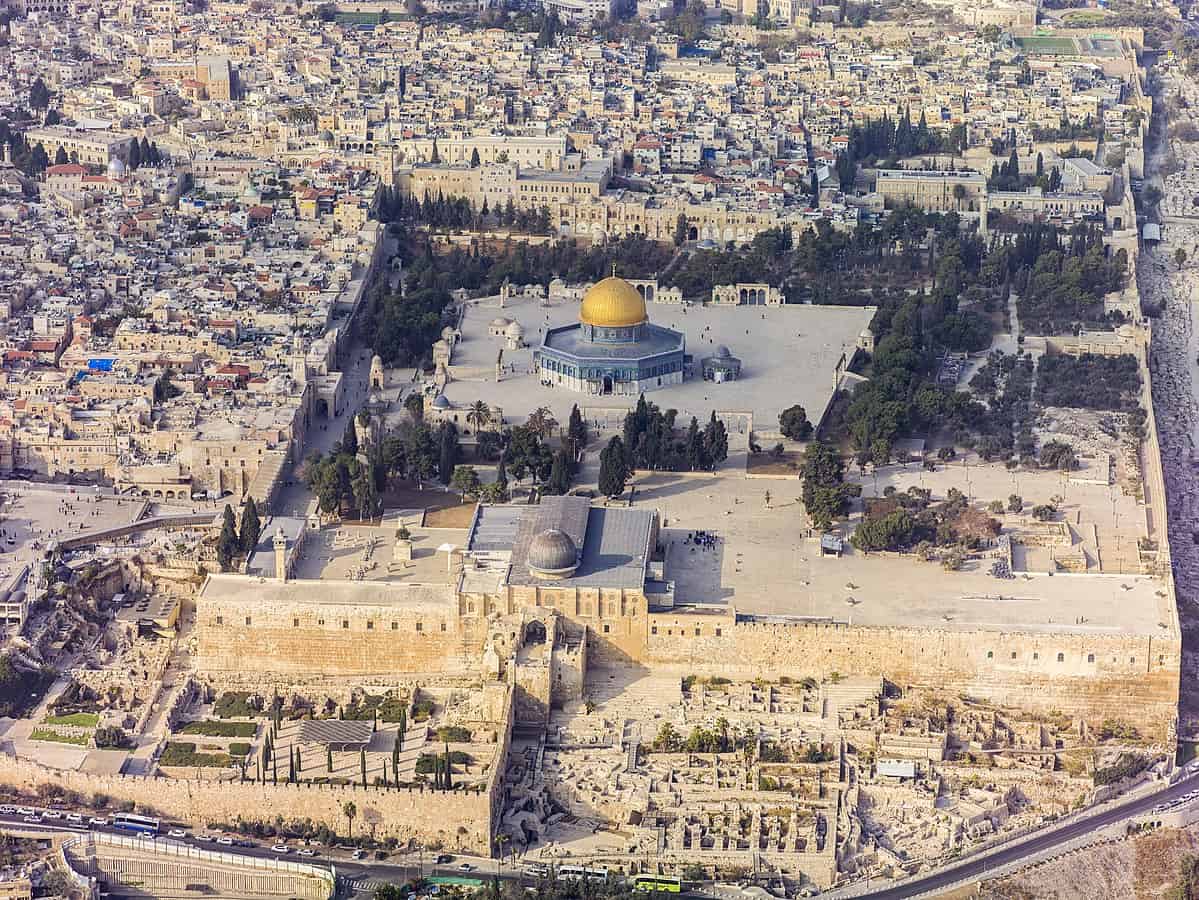
5. Polar Ice Caps
The Polar ice caps are the bodies of solid ice that are located in the Polar Regions of the world. Sometimes the term “ice cap” is also used for bodies of ice that are located outside of the Polar Regions such as the peaks of mountains.
The ice caps in the Polar Regions are of great importance as they give us an indication of the effects of global warming, even though they change frequently regardless of human behavior, especially in the past 12,000 years.
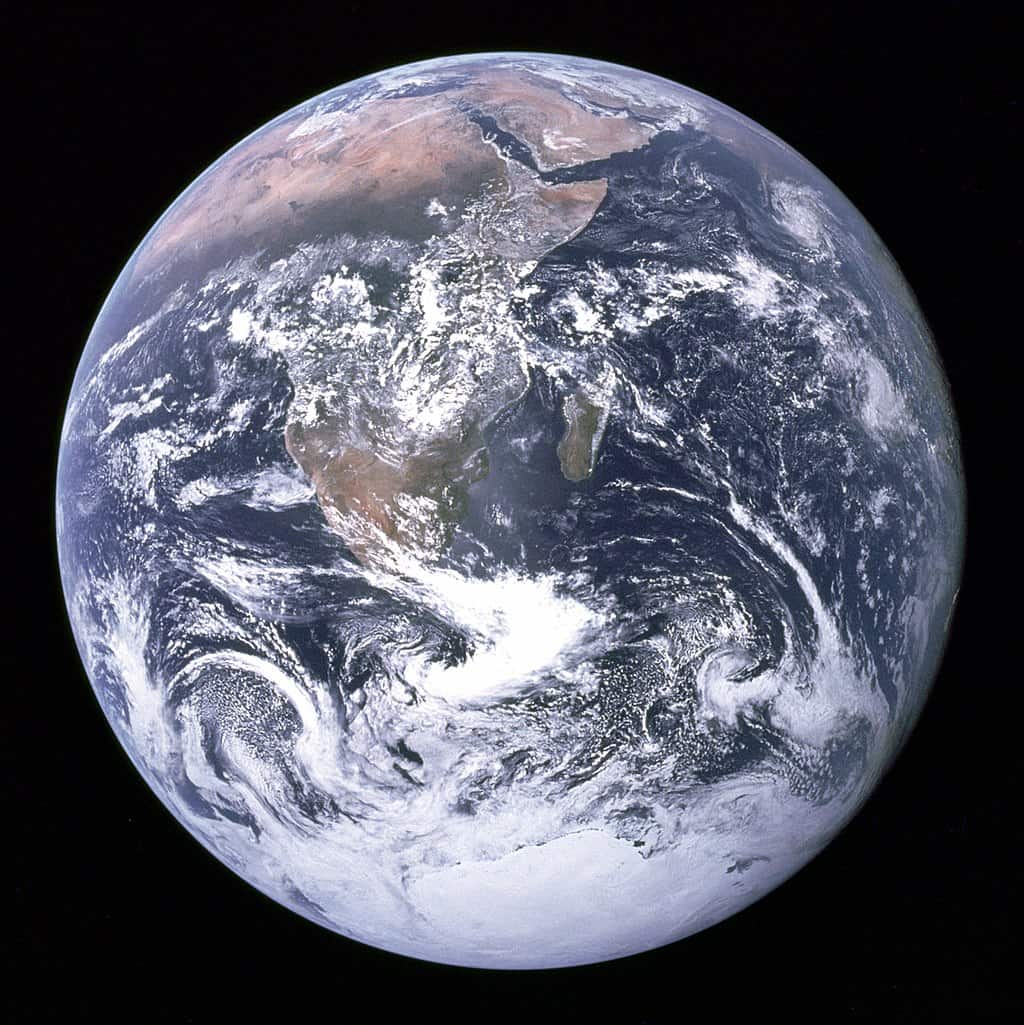
6. Mayan Ruins
Mayan architecture dates back thousands of years and most of it is located in the Yucatán Peninsula, the southeastern part of Mexico. The most famous location is the complex at Chichen Itza with its distinctive pyramid-shaped temples.
In this region, which also stretches into Guatemala and Honduras, hundreds, if not thousands of Mayan ruins can be found, leaving us standing in awe with the question as to how an ancient civilization like this could simply vanish.
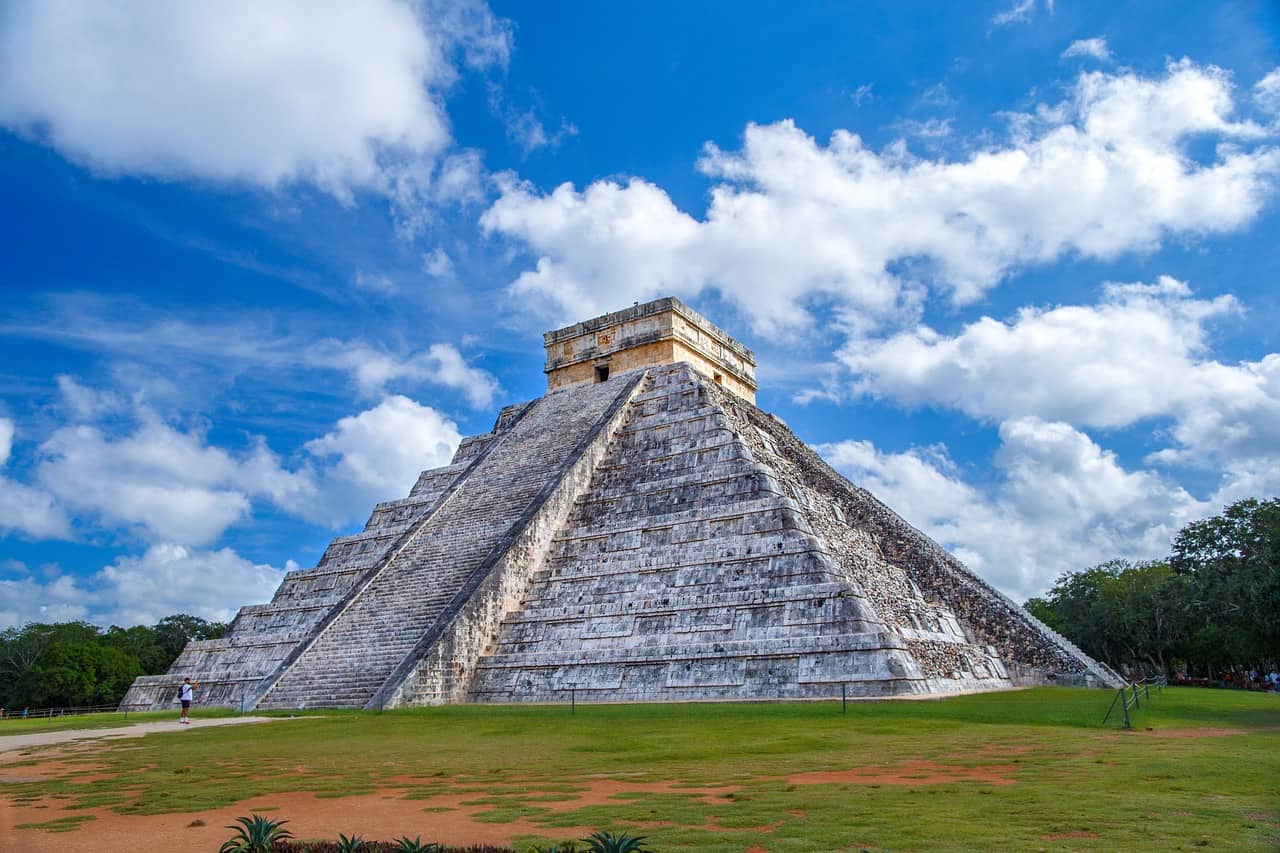
7. Papahānaumokuākea Marine National Monument
The Papahānaumokuākea Marine National Monument is a U.S. National Monument that consists of a total of 583,000 square miles (1,510,000 square kilometers) of ocean waters. It also includes about 10 islands and atolls located in the northwestern part of the Hawaiian Islands.
The area has also been listed as a UNESCO World Heritage Site since 2010 and is one of the largest protected areas in the world. It was listed because it’s of a “great cosmological and traditional significance for living Native Hawaiian culture.” The area is rich in seamounts, lagoons, and coral reefs.
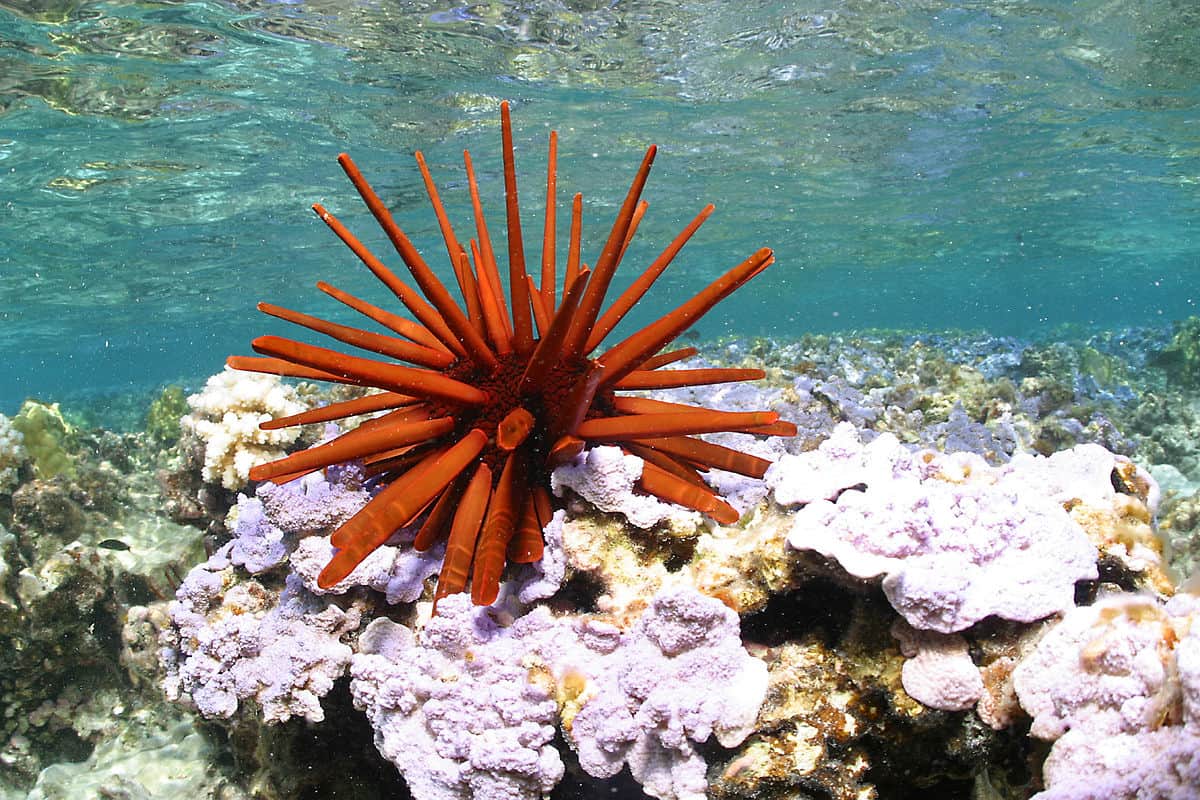
8. Grand Canyon
The Grand Canyon was the additional wonder chosen to be the 8th USA Today 7 Wonders of the World by the readers of the newspaper. This steep canyon has a length of about 277 miles (446 kilometers) and was created by the Colorado River in Arizona and is located in the Mojave Desert and the Sonoran Desert.
The canyon was formed over a period of at least 2 million years, and probably up to 5 to 6 million years. The process started after the Colorado Plateau was uplifted and the Colorado River and its tributaries carved their way into the amazing landscape, creating one of the most magnificent natural landmarks in the world!
